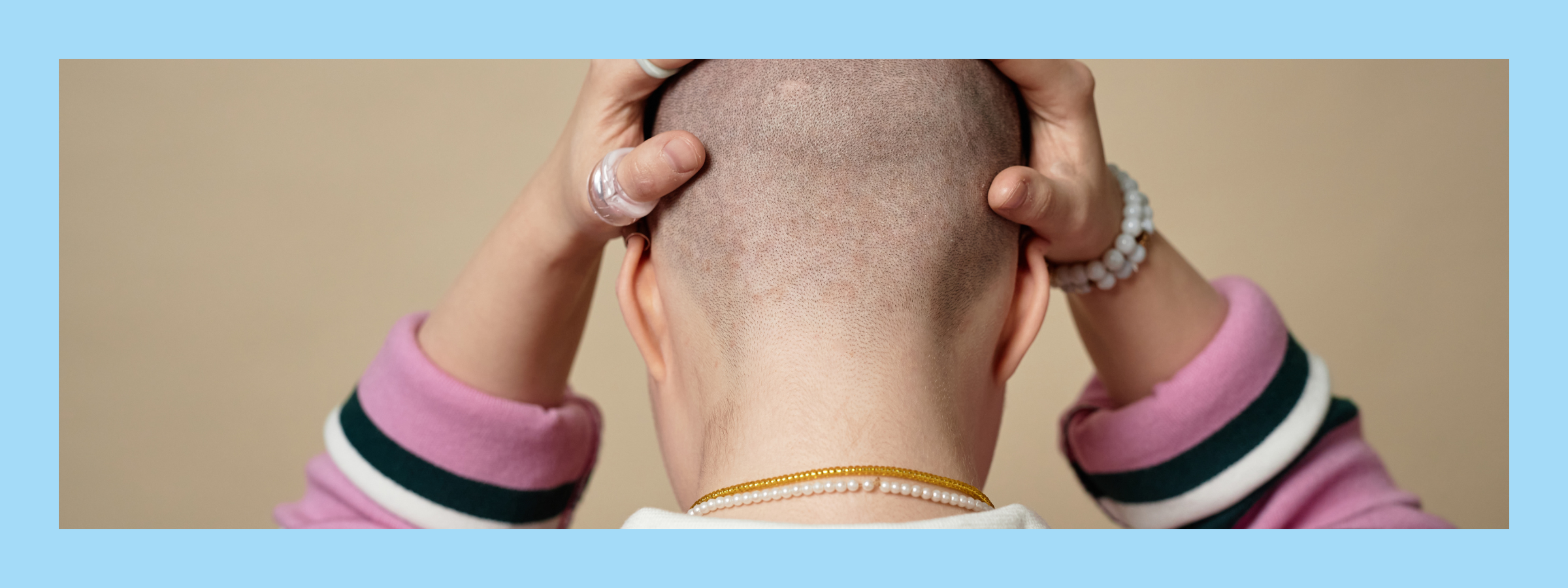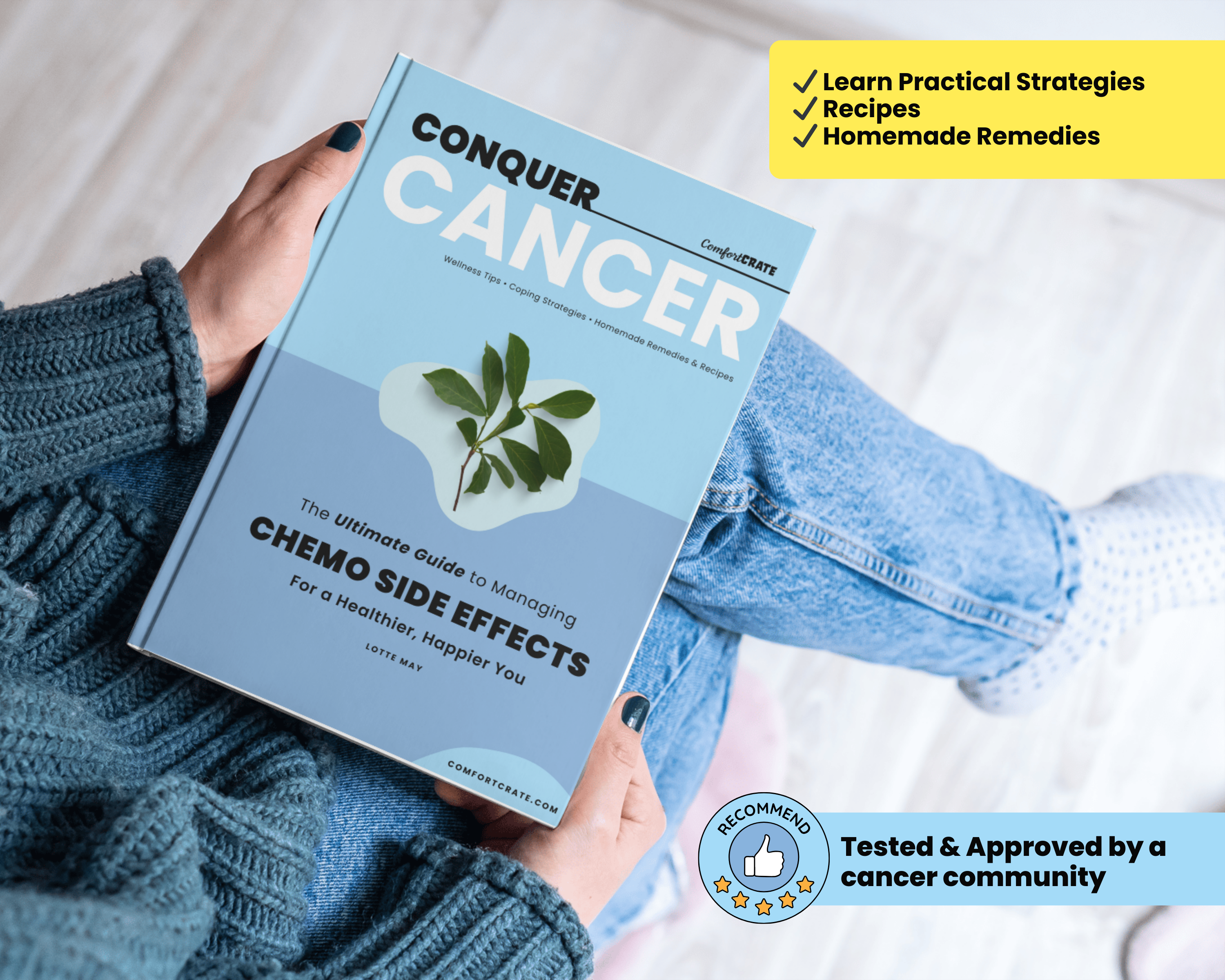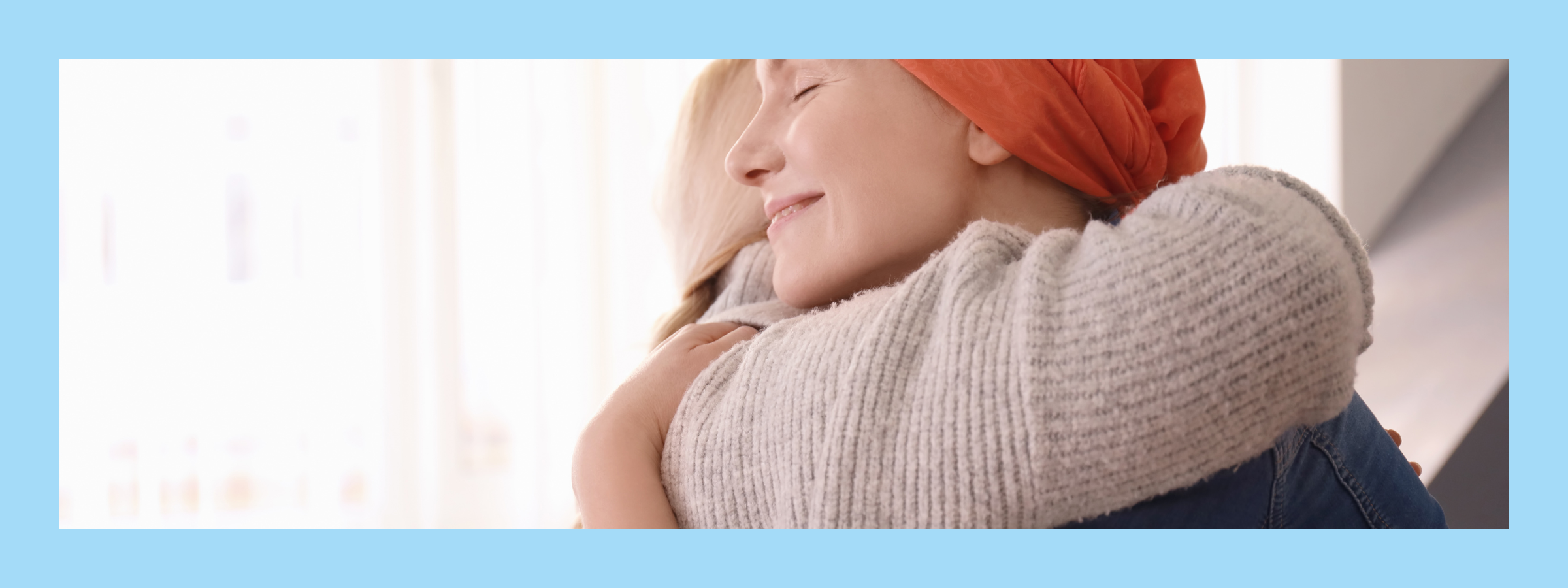
The Stages of Chemo Hair Loss
My hair is falling out, what should I do?
Losing hair is the most challenging part of treatment for both men and women. Hair loss can be interpreted as a sign of cancer for many. The majority of people are not ready to share this information with others, but preparing and knowing what to expect can make it easier to deal with the situation.
Chemotherapy hair loss timeline
1. The first step is to speak with your cancer care team
It will be explained to you how your particular treatment will affect your hair. Keep in mind that everyone's treatment is unique, and your experience may differ from others. Depending on the individual, some people may lose all their hair while others may lose only a portion.
2. Hair slowly falls out
• Hair usually begins falling out two to four weeks after you start treatment.
• Your head may become tender.
• Hair may fall out quickly in clumps or gradually.
• Depending on your treatment, your hair may become thin or completely bald.
3. Have Fun!
• If you know you are going to lose all your hair, why not try dying it in different colours or trying that hairstyle you always wanted?
• Experiment and have fun!
4. Short Style
• Short hair doesn't lie flat against your head, so it can make your hair look thicker and fuller.
• Easier to manage when hair begins to fall out and easier to manage under wigs.
5. Wig Buying
If you are thinking about getting a wig, it is wise to get one before you lose all your hair. This will make it easier to be able to match the wig with your real hair.
6. The Shave
This is the hardest stage, but it may help, as watching your hair fall out can become more distressing. If you choose to shave, use an electric shaver or go to a barbershop. This will reduce the risk of cutting yourself and developing an infection.
My Hair loss experience
As a result of my treatment, I was unprepared for hair loss. Therefore, I was nervous. Upon completing my first chemotherapy treatment, my hair began to fall out in a matter of weeks. It was shocking to wake up with a pile of hair on my pillow. After my hair started thinning, I was afraid of going bald or having to visit the hairdresser. My mum called a hairdresser to come to my house and cut my hair short. I was able to manage it easier, so my hair looked thicker and fuller as a result.
Sadly, the most difficult part of my recovery occurred about a week later, when I awoke with patches of baldness. Every time I glanced in the mirror, I was reminded of my illness. When the time came to shave it off, I felt extremely low, but was relieved that I was not seeing clumps of hair fall out. My fiancé and I shaved my head in the comfort of our own home since I felt more comfortable. It is certainly more convenient to use this method instead of going to a hairdresser if you are extremely nervous.
For help with life after hair loss read - 'Coping with After Hair Loss'











Leave a comment
This site is protected by hCaptcha and the hCaptcha Privacy Policy and Terms of Service apply.